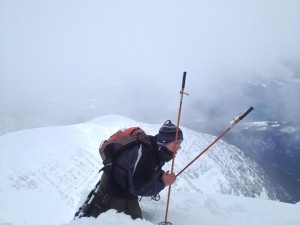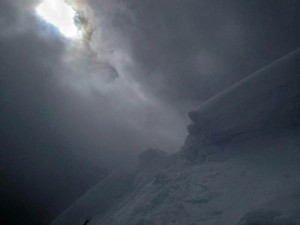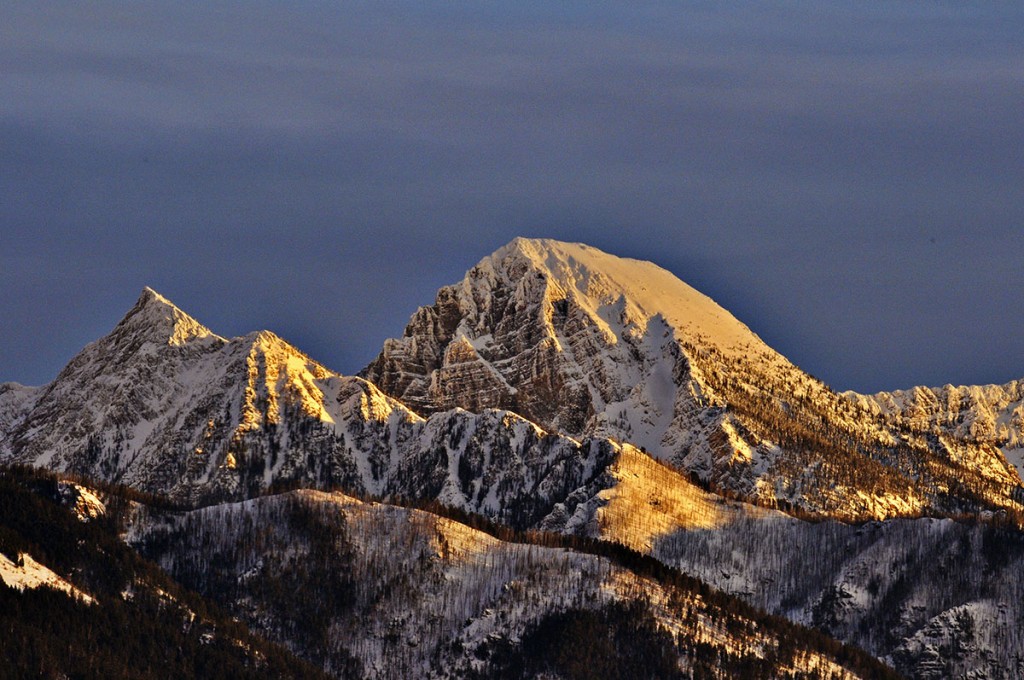
A nest of mallard eggs along Mission Creek, where no ducks have nested in the twenty years I’ve lived here. Like other forms of hope, they were fragile.
For years I’ve been planting berries and fruit trees, though I rarely harvest much. It’s a simple way to make the world better—the main payoff for me, beyond the elemental joy of fruit blossoms and plants taking root and unfolding into the sky, is that birds love it here. I watched a ruby-throated hummingbird this Sunday afternoon, sitting perched on a branch, grooming itself. It wasn’t hungry. It was at peace, amid bounty.
I get nostalgic for a world I’ve never seen, reading Lewis and Clark’s descriptions of the vast flocks of waterfowl along the Missouri River, or early descriptions of the enormous bison herds on the northern great plains or the salmon runs on the lower Columbia River between Portland and Astoria. I believe that sort of earthly abundance lies in our future as well as our past—it will be ours again as soon as we learn better how to live.
When a pair of mallards nested on Mission Creek where it flows through our place, I felt delight and surprise. My son had built a small dam to create little pool beside the sauna, to make a cooling dip a bit more graceful, and the mallards had begun frequenting the area. I was looking forward to watching the baby ducks make their way into the world, having a chance to observe them closeup. It seemed possible they would return as adults, since this place would also be “their” place in the world.
While I was working in the yard last week, getting caught up from spending a week in San Francisco, three boys came down the driveway and asked if they could walk through my yard to the creek. My policy is to say yes to such requests, glad to be asked, and to mainly ignore other kids who merely trespass, keeping a wary eye on me. It’s not their fault I own the creek, and I don’t think such resources should be walled off. Children in a well-ordered world will have wild places.
I forgot about them, and spent the next few hours on a lawnmower, turning an overgrown pasture into mulch for the garden. That evening, my son told me he came on the boys after they had removed most of the eggs from the nest—some were broken and they were carrying some. He put the three he salvaged back into the next, but the adult ducks didn’t return.
It’s not the first problem I’ve had with visitors. Usually, it’s small acts of vandalism such as throwing the Adirondack Chairs I leave down along the path for birdwatching into the creek. But I can buy another chair.
When we transgress the order of being we lose some of the richness of being. We cannot usually imagine the barrenness and sparseness of the lives we now live, or the earth we now inhabit, compared to what would be if we better controlled our urges to smash some things, or better honored our quite different instincts to make way for living realities that we did not plan, cannot own, and will not control. Much of the damage is invisible to our preferred mode of seeing, because it can only be seen in absences, such as the baby ducks that do not swim in the pool, the experience of which I cannot purchase.
We live in a world full of absences—millions of bison moving across arid, windswept prairies; millions of salmon surging up free-running rivers to spawn; nearly infinite flocks of wild fowl coming north to nest. Our families are small and fragile, our cities vast and fragile, with small gardens at the edges and in the margins.
Absences, too, contribute to our sense of disorder. A world without gardens might be clean and organized, like an army barracks or a workers’ neighborhood in a socialist regime, but organization is not order. I haven’t seen the boys since the event. I’ve been wondering what I could say to them. It would be nice if they could begin to see a way the world could be that they would like even more than the way it is now, and to think a little about how they could live to make that way real.





